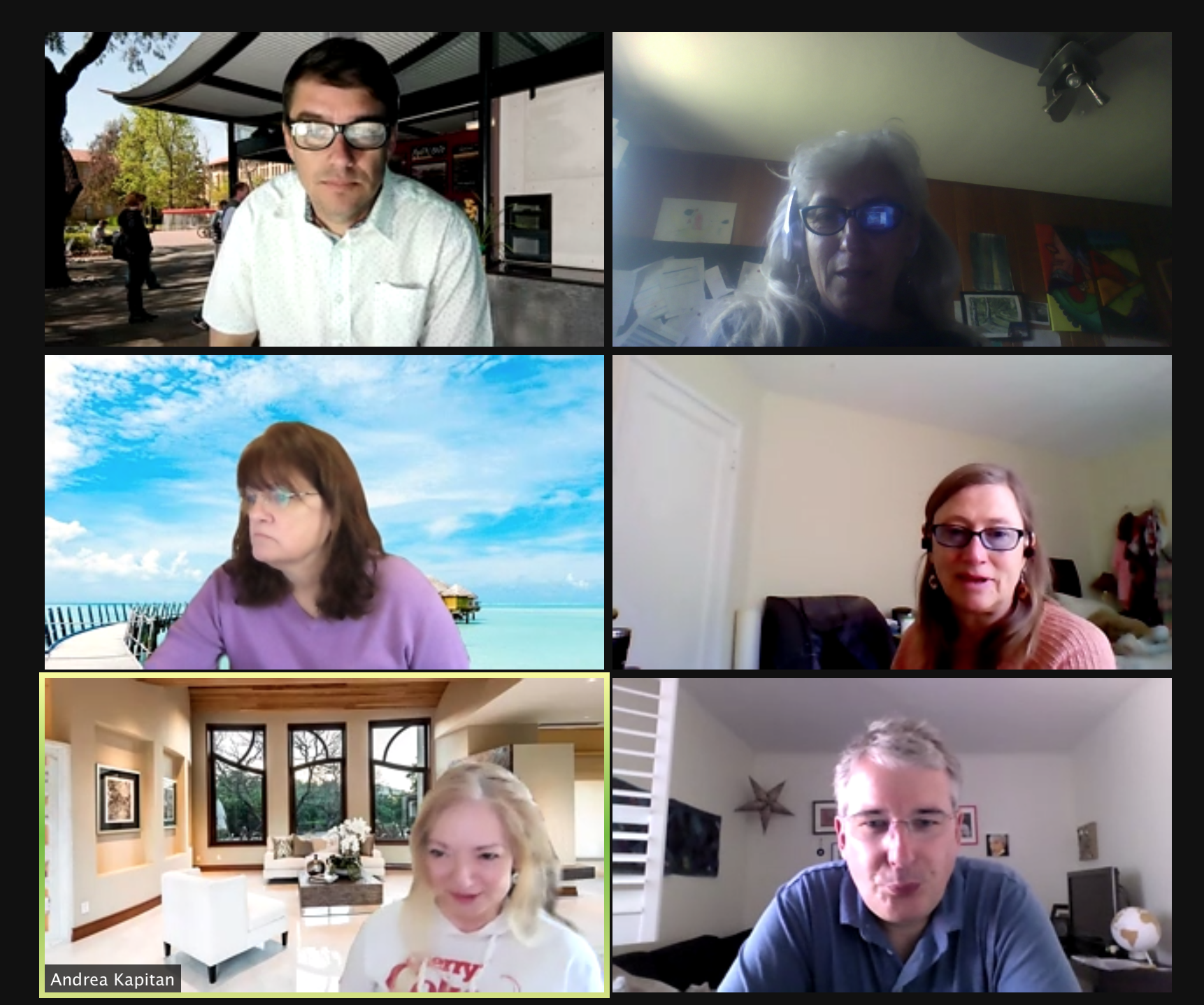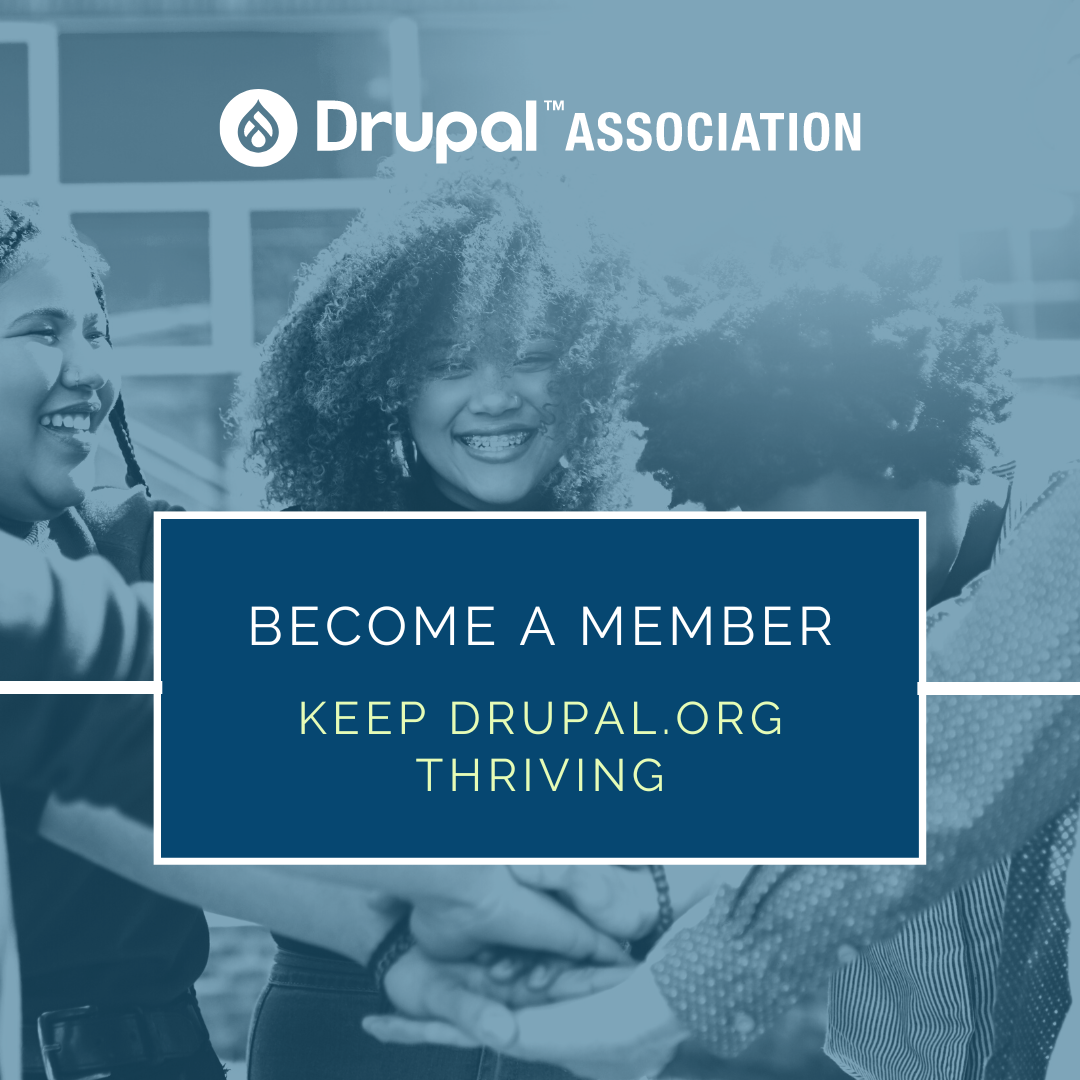 Support for Drupal 7 is ending on 5 January 2025—it’s time to migrate to Drupal 10! Learn about the many benefits of Drupal 10 and find migration tools in our resource center.
Support for Drupal 7 is ending on 5 January 2025—it’s time to migrate to Drupal 10! Learn about the many benefits of Drupal 10 and find migration tools in our resource center.This is the first in a series of “Camp Debriefs” by the Drupal Event Organizer Working Group. In this debrief, Fei Lauren (feilauren) interviews Irina Zaks (irinaz) about Stanford WebCamp 2022. If you would like your Drupal event to be featured in a Camp Debrief, contact the EOWG.
Irina first got involved with Drupal around 2006. After attending BADcamp in 2007, she decided the South Bay Area needed their own camp and Stanford could be a host. “We have to have this [DrupalCamp] experience here without driving that far”.
Still relatively new to the community, she started reaching out to people who could help put together a proposal to Stanford University. It was approved and the university agreed to provide the space at a minimal cost. Stanford Camp was born and appeared to the public on Jan 23, 2010.
What is the biggest challenge involved in starting a new camp or event?
“If you want to do this camp, do it for yourself… do it because you feel that it is important. For you. For your friends. For the people.”
In spite of the enthusiasm people may have about helping, there will be times when they simply don’t or can’t show up. We can’t always expect others to have the same passion or inspiration that we have - but keep going, Irina says. Not because other people think it’s a good idea, do it because it’s important to you.
“And then getting the word out there. Outreach is the most challenging part - reaching out to people who are struggling to work with Drupal, and they aren’t even aware that they can come to the camp and get support.”
It’s important to keep momentum and meet regularly. An ideal format for organizers might be one smaller meeting in the fall to connect with other organizers, then starting regular meetings 2 - 3 months before the event to start working and planning.
What have you learned about doing events in-person vs online?
A huge obstacle has always been to find enough rooms. This is true in many cases - even for casual local meetups, finding an appropriate venue can be a challenge. But for a large camp, Irina warns, the difficulty and cost scales.
In the wake of the worst of the pandemic, we understand that both remote and in-person events have value. On one hand, humans are deeply social creatures and we need to connect in person. But when sessions are broadcasted online, so many more can be reached for a fraction of the cost. So Irina and the other Stanford WebCamp organizers explored what aspects of each are most valuable and came to the conclusion that a hybrid event would be the most successful.
Hybrid models are great in theory, but can feel isolating for remote attendees - how can we keep people engaged?

The Stanford WebCamp 2021 organizing team
Stanford WebCamp’s solution is remarkably simple: everyone joins sessions remotely. In person, there is a reception or a lunch so that people who can make it have an opportunity to network and socialize. But it’s not required - even if folks are in the same room, attendees for sessions are each on Zoom.
“We all have the same experience”, Irina says.
What are some of the things that go wrong?
“There are things that go wrong - and that’s okay”.
She plainly points out that in many cases, people are reasonably patient and folks will work together to get things back on track. The Drupal community is all about collaboration, after all.
But something that helps is having multiple people ready to help keep things on track. For example, a moderator and a back up moderator.
What can we do to push through the burnout and wrap everything up?
“Have joy in what you do”, she advises.
But she also talks about how important it is to set ourselves up for success by ensuring we find meaning in our work, but also that we aren’t taking on more than we can sustain.
“Pick the mountain that’s right for you.”
Don’t reinvent wheels and make anything more difficult than it needs to be. Re-use wording for sessions that are similar, don’t rebuild the website, but most importantly - remember that it should be meaningful.
But even so, we can sometimes lose sight of what matters to us. We forget why we are doing the work. In this case, Irina goes back to the values she wrote in 2014 with Tori Lewis, Director of Projects, when she started Fibonacci Web Studio.
Okay - we are inspired. What’s next?
Well, Stanford WebCamp is free. I think it’s safe to say it’s worth checking out their website and signing up to get updates for next year’s event.
Learn more about the Event Organizer’s Working Group, join their monthly meetings, or read up on some of the steps you might want to take to organize a camp of your own.











